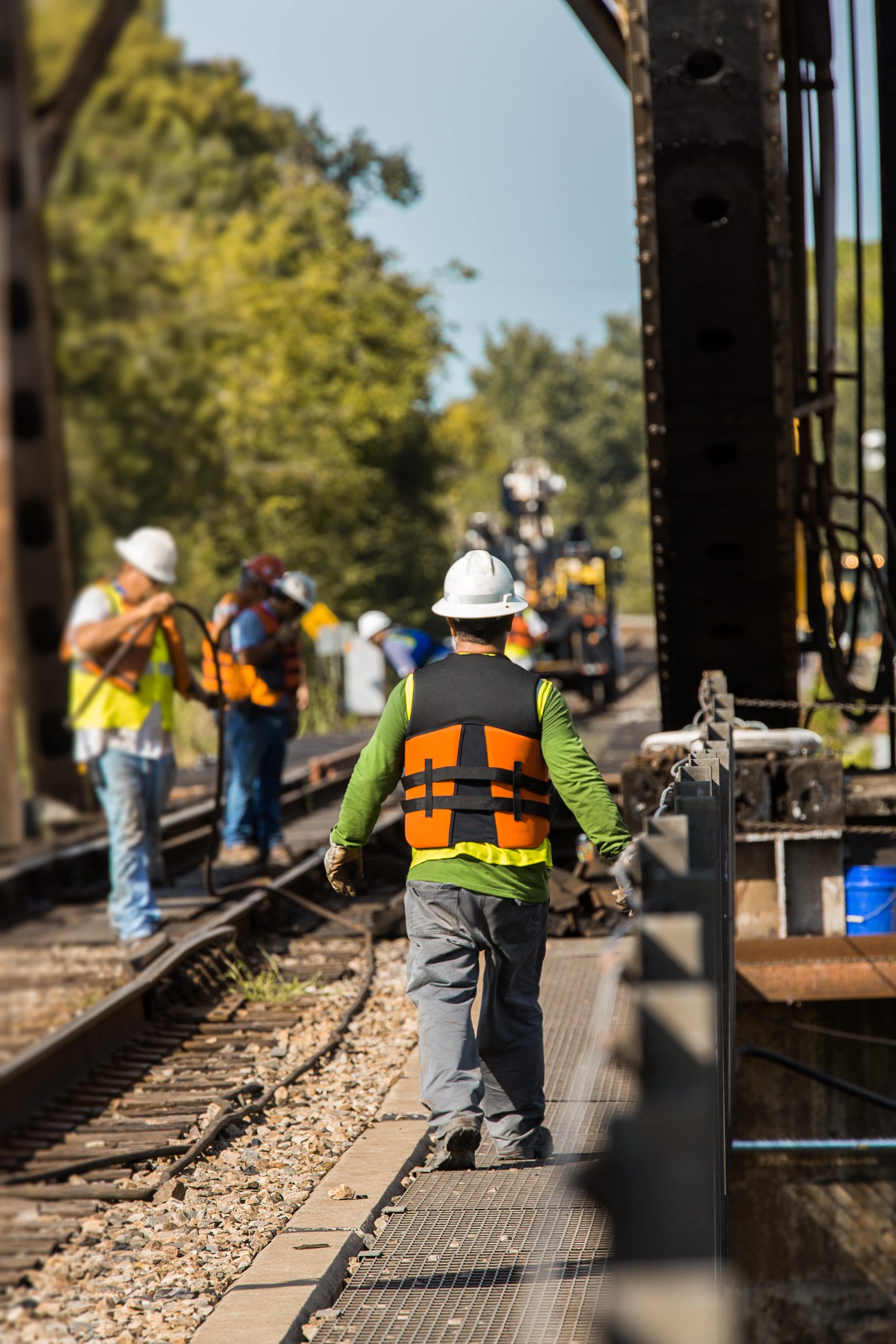Are Railroad Cancer Lawsuit Process Really As Vital As Everyone Says?
Understanding the Railroad Cancer Lawsuit Process
The after-effects of exposure to harmful compounds in the railroad industry has left numerous former workers seeking justice for their health issues. The term “railroad cancer lawsuit” describes legal actions taken by workers who have actually developed cancer or other health problems as a result of exposure to damaging chemicals during their work. This article aims to supply a detailed introduction of the railroad cancer lawsuit process, highlighting necessary actions, common challenges, and often asked questions.
The Landscape of Railroad Cancer Lawsuits
The railroad industry has a long history of utilizing hazardous products, consisting of asbestos, benzene, and diesel exhaust, which have actually been linked to various types of cancer. Railroad workers, such as engineers, conductors, and maintenance crews, are especially at risk during their daily operations. If an employee establishes cancer potentially connected to their task, they may think about filing a lawsuit to look for compensation for their medical expenses, lost earnings, and suffering.
The Legal Framework
Railroad workers are mainly safeguarded by the Federal Employers Liability Act (FELA), which enables them to sue their companies for carelessness that results in injury or disease. Unlike common worker's compensation claims, FELA needs evidence that the employer's neglect straight caused the harm. This complexity requires a thorough understanding of the legal procedures included.
Steps in the Railroad Cancer Lawsuit Process
Step
Description
1. Consultation with an Attorney
Finding a lawyer experienced in FELA cases is vital. Preliminary consultations help in evaluating the case's strength and possible opportunities for claims.
2. Proof Gathering
Documenting medical history, employment records, work environment, and exposure to dangerous substances plays a crucial function in establishing a link in between health problem and work.
3. Submitting the Claim
After collecting all necessary evidence, the attorney will sue against the railroad company, describing the information of exposure and medical conditions.
4. Discovery Phase
Both sides gather additional proof through depositions, interrogatories, and ask for files to reinforce their particular arguments.
5. Negotiation
A lot of cases settle before going to trial. Attorneys may negotiate with the railroad's agents to reach a fair compensation quantity.
6. Trial (if necessary)
If negotiations stop working, the case continues to trial, where both parties present their arguments before a jury who will figure out the outcome.
7. Decision and Appeal
If the jury guidelines in favor of the plaintiff, the railroad business may appeal the choice. If the complainant wins, they receive compensation for their losses.
Comprehensive Breakdown of Key Steps
1. Assessment with an Attorney
It is important for plaintiffs to speak with a specialized FELA attorney as quickly as possible after being identified with cancer. These lawyers understand the intricacies of railroad industry regulations and the particular health risks related to different roles.
2. Evidence Gathering
Documenting proof is among the most important steps in this process. Crucial files may consist of:
- Medical records detailing diagnoses and treatments.
- Work records indicating task titles and exposure history.
- See statements from colleagues concerning dangerous conditions.
3. Filing the Claim
When enough proof has actually been gathered, the attorney will submit a protest in the appropriate court. This file will outline the case's specifics, consisting of the nature of the exposure and its link to the cancer diagnosis.
4. Discovery Phase
The discovery phase is important for building the case. During discovery, attorneys will exchange information appropriate to the lawsuit, which might consist of:
- Testimonies from medical experts.
- Data on chemical exposure levels.
- Business safety records.
5. Negotiation
Lots of claims settle through negotiations, which can conserve time and resources for both parties. Railroad Cancer Settlements involve an arbitrator who assists help with a resolution.
6. Trial
If settlement negotiations fail, the case continues to trial. Here, a jury will hear both sides and identify responsibility and compensation.
7. Verdict and Appeal
If the jury guidelines in favor of the plaintiff, they will figure out the compensation quantity. However, the railroad company might choose to appeal the verdict, lengthening the process.
Common Challenges in Railroad Cancer Lawsuits
While seeking compensation for occupational illnesses, plaintiffs might deal with several challenges, consisting of:
- Proving Negligence: Establishing that the employer was negligent can be difficult, particularly if there are no documented security violations.
- Statute of Limitations: Placing a limit on the time within which a lawsuit must be submitted can hinder cases, so prompt action is vital.
- Intricacy of Medical Evidence: Linking cancer to specific workplace exposure may need expert testimony and complicated medical descriptions.
Frequently Asked Questions (FAQ)
1. Who is qualified to submit a railroad cancer lawsuit?Any railroad employee diagnosed with cancer that can be connected to workplace exposure to harmful materials might be qualified to submit a lawsuit under FELA.
2. How long do I have to file a lawsuit?In many states, there is a three-year statute of limitations from the date of injury or discovery of health problem. It's important to speak with an attorney quickly.
3. What kinds of compensation can I get?Compensation may consist of medical expenses, lost incomes, pain and suffering, and any future treatment expenses connected to the illness.
4. Are there any upfront costs for employing an attorney?Many FELA attorneys deal with a contingency charge basis, implying they just get paid if they win the case. It's important to clarify fees ahead of time.
5. For how long will the process take?The period of a lawsuit can vary considerably. Some cases may settle in a few months, while others can extend over numerous years, specifically if they go to trial.
Navigating the railroad cancer lawsuit process can be intricate and difficult. However, understanding the actions included and looking for guidance from experienced legal specialists can significantly improve a person's opportunities of receiving justice. As railroad workers continue to bear the problem of hazardous exposures, these legal pathways play a crucial role in protecting the compensation they are worthy of.
